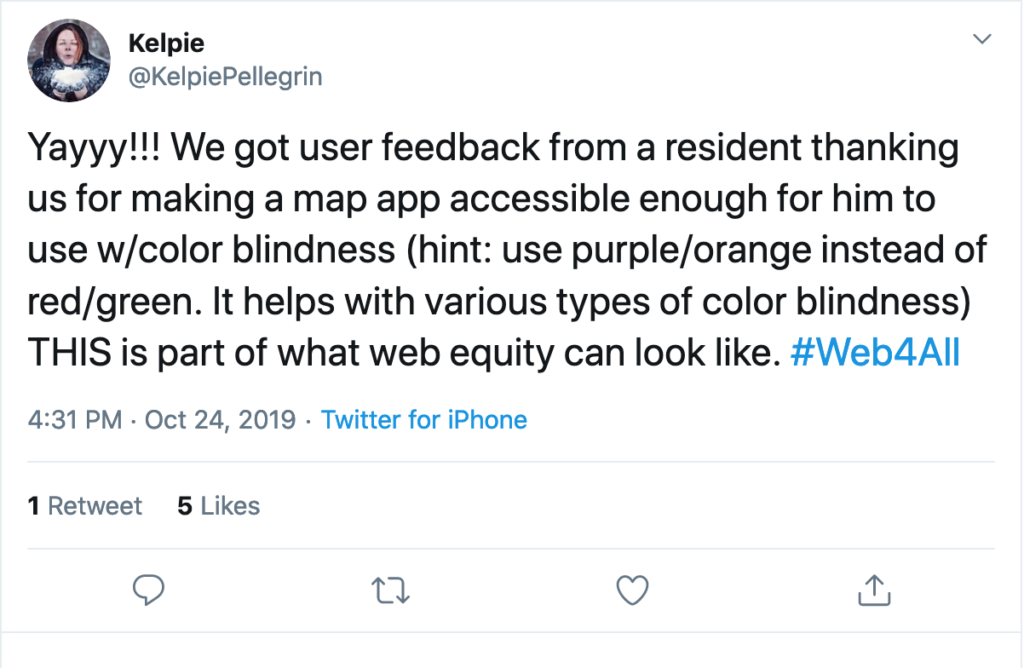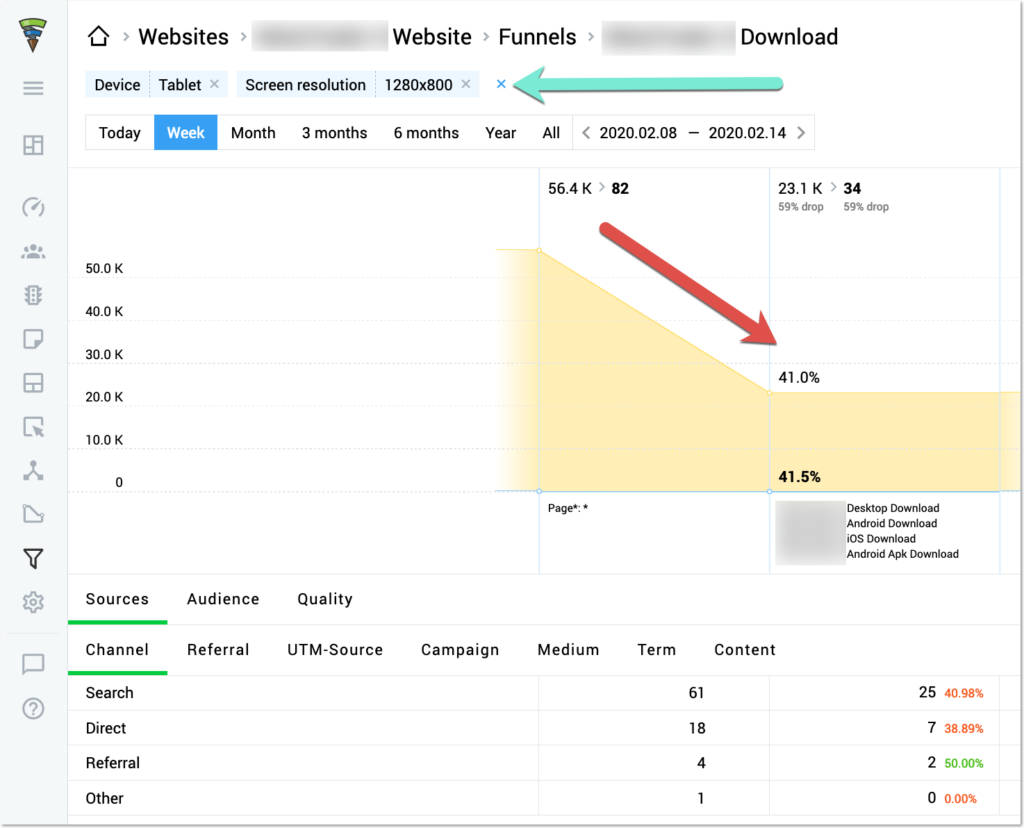Are you digital providing marketing services? Is usability and ADA compliance part of your auditing process?
If not, you are missing out… Here’s why:
What is ADA Compliance?
ADA (Americans with Disabilities Act Standards for Accessible Design) is the US law that dates back to 1990 and ensures that people with disabilities can access and use any electronic and information technology (i.e. websites).
Being ADA compliant means following design requirements that allow people with all kinds of disabilities to use your website and all its features (e.g. navigation, forms, etc.)
Why is ADA Compliance So Important?
First and foremost it is the law, so neglecting it may mean running into a risk of facing a legal action.
If your marketing strategy doesn’t include ADA compliant and your clients are facing lawsuits, they may go after you, involving you in the process. It may not just reflect poorly on your overall brand, it may also mean legal expenses and fines for your company.
Besides, making ADA compliance part of your website evaluation process means including a huge audience into your clients’ potential marketing pool, i.e an estimated 48.9 million people.
This is reassuring for your clients showing that you really care about their business.
How Can I Learn More About ADA Compliance and Web Accessibility
Thankfully, there are a ton of resources available online that allow you to get educated (and educate your team). Here are a few Paper.li blogs and collections to subscribe:
- The Web Accessibility Daily: Updated daily, this resource curates latest web accessibility news and updates
- Technology | Accessibility | Disability is your weekly source for assistive technology, accessibility, and disability related news
- Accessibility Insider curates guides and videos on website, mobile and document accessibility

On top of that here are a few hashtags to discover more content, events and tools:
- #a11y is “Twitter” way of writing the word “accessibility”. It often refers to an audit process that involves web site accessibility
- #GAAD stands for Global Accessibility Awareness Day (which is the 3rd Thursday each May). The hashtag is being used around the year to label tweets on inclusive web design and marketing tactics
- #ATIA20 is the official hashtag of ATIA conference that is dedicated to assistive technology and web accessibility
- #DigitalInclusion curates tweets around inclusive design practices
- #Web4All is the official hashtag of Web4All conference focusing on all aspects of web accessibility

ADA Compliance and Monitoring
Thankfully, your clients won’t need to face major expenses in an effort to ensure ADA compliance. Thanks to Artificial Intelligence, there are tools that can automate both web accessibility optimization and monitoring.
accessiBe takes seconds to install via a Javascript script and it handles everything from there. It crawls the site, identifies accessibility issues and fixes them on the fly. It also monitors your client’s site around the clock to ensure ADA compliance.
You can see the tool in action here:

ADA Compliant Marketing Services
Apart from technical fixes and monitoring, baking ADA compliance into your marketing services is always a good idea, for example:
Keep It Simple
When providing content marketing services, create logical content structure and use the clearest and simplest language (ideally, matching lower secondary education level) to make sure your content is accessible to people with dyslexia or cognitive disabilities. It also makes it easier for screen reader users to comprehend your text.
Keep It Descriptive
When providing social media services, make sure to always provide clear captions for every video or image you upload to Twitter or Facebook. Also, use accessible hashtags, i.e. capitalize each word in the hashtag (for screen readers to interpret hashtags as intended)
Keep It Responsive
When starting a website, choose a website builder that helps you create a responsive design. When creating a usability audit, make sure you include the cross-device and assistive technology report.
Use your clients’ analytics to keep an eye on your users and which devices they are using to engage with your site. Using Finteza, you can narrow down any site audience data to any screen resolution and identify possible usability issues:

[Reviewing your sales funnel on Finteza, you can identify which step is losing your videos, so you can take a closer look]
Encourage Feedback
Let your clients’ users tell you if they are experiencing any problems. Make sure you choose diverse methods allowing people with any disability types to choose one that works better for them.
For example, you may allow your clients’ site users to send them voice messages using SpeakPipe. Or you can integrate customer satisfaction scoring using Nextiva.

Conclusion
ADA compliance doesn’t require huge budgets. It doesn’t even involve any completely new tactics. Yet, it means providing inclusive marketing tactics that build a stronger brand on behalf of your client!
Image by Arek Socha from Pixabay

